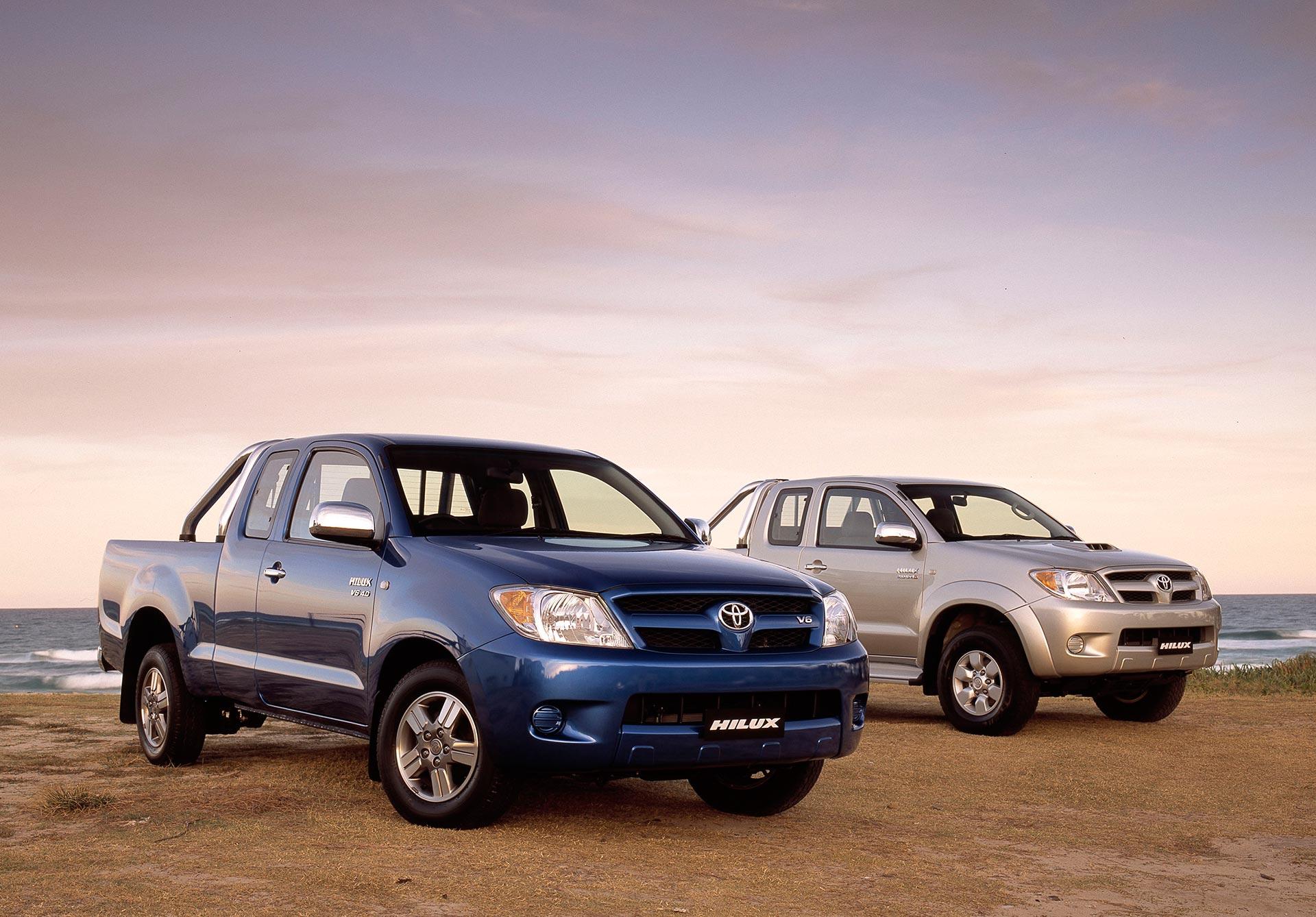
"As crazy as it may sound..." This is how Chairman Akio Toyoda prefaced his remarks at Toyota Philippines' 35th anniversary ceremony. With Toyotas making up 50% of the country's new car sales, what exactly did he mean?
Akio’s decision
Chairman Toyoda’s speech
Though this period brought various obstacles, from the Asian financial crisis to the COVID-19 pandemic, Toyota Motor Philippines has always managed to overcome them.
I really am so proud of this team and, frankly, of this country. That's why we made the decision in 2008 to increase our production of IMV transmissions here in the Philippines and export them to the rest of Asia.
I'm happy to say that since 1992, Toyota Philippines has produced over 6.5 million transmissions at an export value of 2.9 billion dollars, which is equal to 200 thousand CBU (Complete Build Up) vehicles.
This strategic decision to focus on transmissions and parts exports rather than final assembly has worked to our advantage, I think. It is what has allowed us to be successful here, unlike some of our competitors.
As it happens, Akio served as the head of Toyota’s operations in Asia from 2001 to 2005.
During this period, Toyota embarked on its Innovative International Multi-purpose Vehicle (IMV) project.
Prior to this, Toyota’s business had centered on producing cars in Japan for export to other countries. Taking advantage of the free trade agreements being forged around the world, the company now shifted into a new phase: manufacturing vehicles in the regions where demand existed.
The idea was to connect facilities across borders, dramatically boosting competitiveness by optimizing development, procurement, and production. As part of the project, in 2004, the company announced that it would supply three new pickup truck models, a minivan, and an SUV to over 140 countries.

As the chief officer in charge of the Asian region—the project’s main hub—Akio had to figure out how to effectively utilize existing production facilities, forge synergies, and establish automobile industries in each country.
After mulling over various possibilities, Akio’s solution was to turn Thailand and Indonesia into the global supply bases for IMVs, with the Philippines, a fellow ASEAN member, making the transmissions for these vehicle-producing countries.
Compared to the likes of Thailand and Indonesia, the Philippines possessed a small market and an underdeveloped manufacturing sector.
Despite this, Akio was determined to build an industrial base, including suppliers, capable of producing quality parts for export. Doing so would drive sustainable growth while earning foreign currency, contributing to employment and the economy. In making the decision, he set his sights beyond simply producing finished vehicles.
Thanks to this commitment, when IMV sales began in 2004, TMP announced an expansion of manual transmission exports. These exports accelerated further in 2008, with the company more than doubling its production capacity from 150,000 to 330,000 units.
Since then, the Philippines has continued to grow as a base for global exports to regions including Asia, South Africa, and Argentina. Today, 98% of transmissions made by TMP are shipped overseas. Foreign currency earnings have also grown to a total of US$2.9 billion, a sum equivalent to the country's annual fossil fuel imports.
“I wouldn't even care if Toyota's share decreased.”
Chairman Toyoda paused for a moment before continuing his speech, delivering those words we showcased earlier.
Chairman Toyoda’s speech

Personally, I believe that we need to come together as an industry to develop local suppliers here in the Philippines.
Because even though we currently enjoy a 50% market share here, Toyota unfortunately cannot develop a local supply chain alone, especially when you consider that roughly 75% of a vehicle comes from parts suppliers.
I believe that if other Japanese OEMs worked together for the greater good, we could greatly increase opportunities in the automotive sector here.
Because the more competitors we have here in the Philippines, the more local suppliers we will create and the more economies of scale we will gain, which is better for us, better for the Philippines, and most importantly, better for our customers.
As crazy as it may sound, I wouldn't even care if Toyota's share of the market here decreased. It simply is the right thing to do for this country.
So, if any of our competitors are here today or listening, give me a call!
Toyota has long contributed to the Philippines through parts production and exports. Even so, strengthening the supply chain infrastructure is not something that the company can achieve and sustain singlehandedly.
The presence of various automobile manufacturers and industries that simulate both the market and local economy is important not only for the Philippines, but also for the future of Toyota’s business.
Rather than protect the company’s 50% market share, Akio wants to work with other carmakers to expand the nation’s auto industry.
This vision is rooted in the original commitment made by TMP’s two founders.

